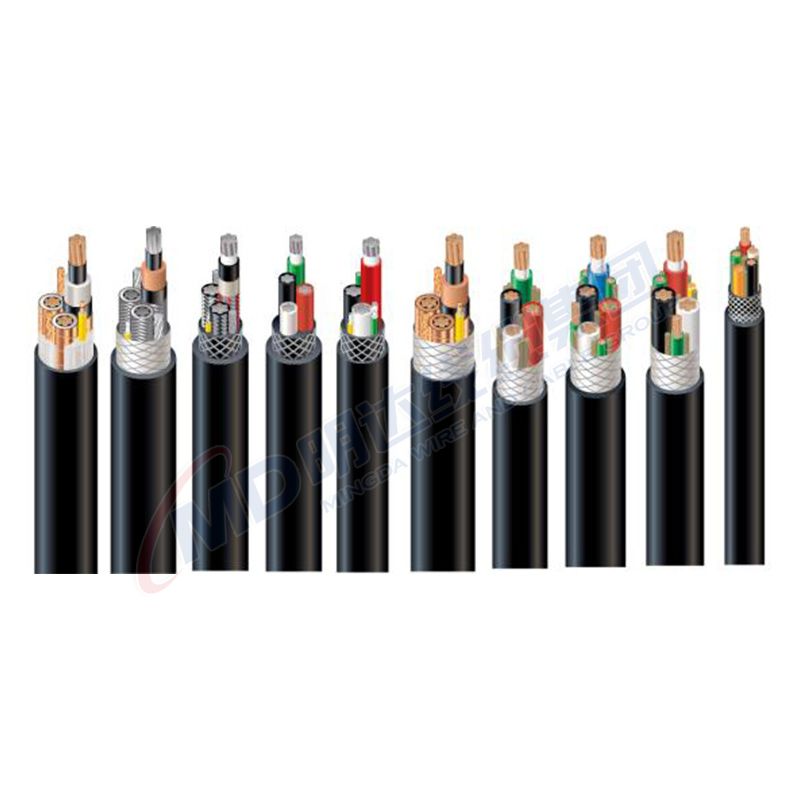Pro . 19, 2024 10:05 Back to list
ball type foot valve
Understanding Ball Type Foot Valves Mechanism, Applications, and Benefits
Foot valves are essential components in various fluid management systems, and among the different types available, ball type foot valves stand out due to their efficiency and reliability. These valves play a crucial role in maintaining a continuous flow of liquid while preventing backflow, which can lead to system malfunctions and inefficiencies. This article explores the mechanism, applications, and benefits of ball type foot valves.
What is a Ball Type Foot Valve?
A ball type foot valve is a subtype of check valve designed to be installed at the bottom of a suction line in a pipeline system. Its primary function is to allow fluid to enter the pump while preventing it from flowing back when the pump is turned off. The valve's design includes a spherical ball that acts as a closure mechanism, which is typically positioned against a seat by the weight of the ball itself.
Mechanism of Operation
The operation of a ball type foot valve is relatively straightforward. When the pump is operational, the pressure created by the pump pushes the liquid upwards, overcoming the weight of the ball. As fluid flows into the valve, the ball is lifted off its seat, allowing liquid to pass through. Once the pump is turned off or if there is a reduction in pressure, the ball returns to its seated position due to gravity, effectively sealing the valve and preventing backflow.
This simple yet effective design has several advantages over other foot valve configurations. The ball's round shape ensures a smooth opening and closing action, minimizing turbulence and reducing wear and tear on the valve components. Additionally, the self-closing nature of the ball ensures that the valve only opens in one direction, thus ensuring system integrity.
Applications of Ball Type Foot Valves
Ball type foot valves are commonly used in various applications, including
1. Water Wells They are often installed in well pumps to ensure that water does not flow back into the well when the pump is not in operation. This is critical for maintaining water availability and preventing contamination of the water source.
2. Irrigation Systems In agricultural settings, ball type foot valves help maintain the flow of water to irrigation systems, preventing backflow and ensuring efficient irrigation practices.
ball type foot valve

3. Sump Pumps These valves are also used in sump pumps to prevent flooding in basements or low-lying areas. By preventing backflow, they help manage water effectively during heavy rains or in flood-prone regions.
4. Fuel Systems Ball type foot valves find applications in fuel storage and transfer systems, where they aid in maintaining fuel levels and preventing leaks.
Benefits of Using Ball Type Foot Valves
1. Reliability The design of ball type foot valves allows for reliable operation, reducing the risk of failure. Their simple mechanism means fewer moving parts, which translates to lower maintenance requirements.
2. Efficiency These valves facilitate a smooth flow of liquid, reducing friction and power loss in pumping systems. As a result, they contribute to overall system efficiency.
3. Easy Installation Ball type foot valves are relatively easy to install, making them a preferred choice for many applications. Their lightweight design and straightforward fitting requirements simplify the installation process.
4. Versatility These valves can be constructed from various materials, including brass, stainless steel, and PVC, making them suitable for different types of fluids, including water, oil, and chemicals.
5. Cost-Effective Given their durability and low maintenance needs, ball type foot valves often represent a cost-effective solution for many fluid management applications.
Conclusion
In summary, ball type foot valves are integral components in fluid management systems across various industries. Their effective design, reliable operation, and versatility make them a preferred choice for many applications, from water wells to agricultural irrigation systems. By understanding their mechanism of operation, applications, and benefits, users can make informed decisions regarding the installation and maintenance of these essential valves. Adopting ball type foot valves can lead to enhanced system efficiency and performance, ultimately contributing to better fluid management strategies.
Share
-
Reliable Wafer Type Butterfly Valves for Every IndustryNewsJul.25,2025
-
Reliable Flow Control Begins with the Right Ball Check ValveNewsJul.25,2025
-
Precision Flow Control Starts with Quality ValvesNewsJul.25,2025
-
Industrial Flow Control ReliabilityNewsJul.25,2025
-
Engineered for Efficiency Gate Valves That Power Industrial PerformanceNewsJul.25,2025
-
Empowering Infrastructure Through Quality ManufacturingNewsJul.25,2025